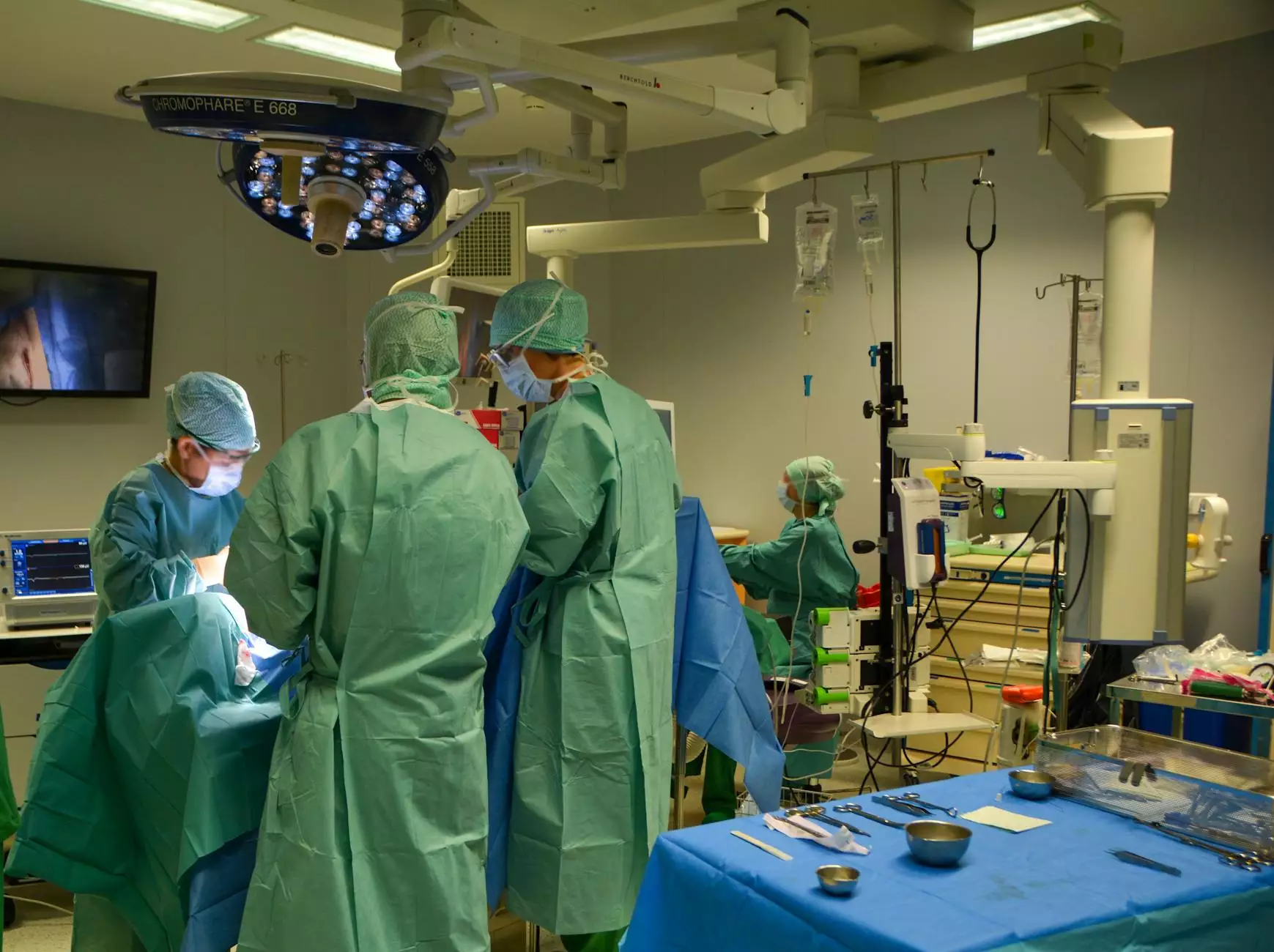Bilateral Oophorectomy and Salpingectomy: A Comprehensive Guide

The medical world often presents patients with difficult decisions, especially when it comes to surgical procedures like bilateral oophorectomy and salpingectomy. Understanding these terms and their implications can significantly impact one's journey towards better health.
What is a Bilateral Oophorectomy?
A bilateral oophorectomy is a surgical procedure that involves the removal of both ovaries. This procedure can be necessary for various reasons, such as:
- Ovarian cancer: A definitive solution to prevent the spread of cancer.
- Severe endometriosis: When ovarian tissue is damaged, removal can alleviate pain.
- Genetic predisposition: Women with BRCA mutations may opt for this surgery to reduce cancer risk.
What is a Salpingectomy?
A salpingectomy refers to the surgical removal of one or both fallopian tubes. It can be performed for reasons such as:
- Ectopic pregnancy: This life-threatening condition occurs when a fertilized egg implants outside the uterus.
- Infection and inflammation: Tubal infections can lead to severe complications if not addressed.
- Malignancy: Similar to oophorectomy procedures, removal may be necessary due to cancerous growths.
Why Would a Patient Need These Procedures?
The decision to undergo a bilateral oophorectomy or salpingectomy is usually based on individual health circumstances, anticipated risks, and overall treatment goals. Here are some key reasons to consider these surgeries:
- Prevention of cancer: For those genetically predisposed, surgery can drastically reduce cancer risk.
- Pain management: In conditions like endometriosis, removing affected organs can alleviate chronic pain.
- Fertility considerations: While these procedures can affect fertility, discussions about preservation methods can take place beforehand.
- Emergency interventions: Salpingectomies can be lifesaving in cases of ectopic pregnancies.
Understanding the Risks and Benefits
Every surgical procedure comes with its set of risks and benefits, and patients need to be well-informed:
Benefits
- Reduced cancer risk: Both surgeries help in the early prevention of cancer if certain risk factors are present.
- Palliative care: Patients may experience significant pain relief post-surgery.
- Clear diagnosis: Surgery often allows for a thorough examination and provides clarity regarding health issues.
Risks
- Hormonal changes: Removal of the ovaries can lead to hormonal imbalances, affecting various bodily functions.
- Possible complications: As with all surgeries, there are risks of complications such as infection or excessive bleeding.
- Impact on fertility: These procedures can permanently affect a woman's ability to conceive.
Recovery After Bilateral Oophorectomy and Salpingectomy
The recovery process is crucial for a successful outcome:
Post-operative Care
- Pain management: Medications will often be prescribed to manage postoperative pain.
- Follow-up appointments: Regular follow-ups are essential to monitor the healing process.
- Physical activity: Patients are usually advised to refrain from strenuous activities for a specific duration.
- Emotional support: It’s vital to seek emotional and psychological support during recovery.
Long-term Implications of These Surgical Procedures
Understanding the long-term implications of a bilateral oophorectomy and salpingectomy is essential for informed decision-making:
- Hormonal Therapy: Many women may require support to manage the symptoms of hormonal changes.
- Regular Screening: Ongoing health monitoring might be necessary for other related conditions.
- Coping with changes: Changes in one's body and emotional health can take time to adjust to; professional counseling can be beneficial.
Conclusion: Empowering Women Through Knowledge
Both bilateral oophorectomy and salpingectomy are significant surgical procedures that can alter the path of a woman's health. Understanding the reasons for these surgeries, the associated risks and benefits, and the recovery process allows patients to make informed choices. Education is the first step in empowerment, leading to improved health outcomes and reduced anxiety surrounding these complex medical decisions.
For those considering these procedures, it is crucial to consult with experienced healthcare professionals who can provide tailored advice, discuss potential outcomes, and support your health journey. For more information and expert guidance, visit drseckin.com.
bilateral oophorectomy salpingectomy








